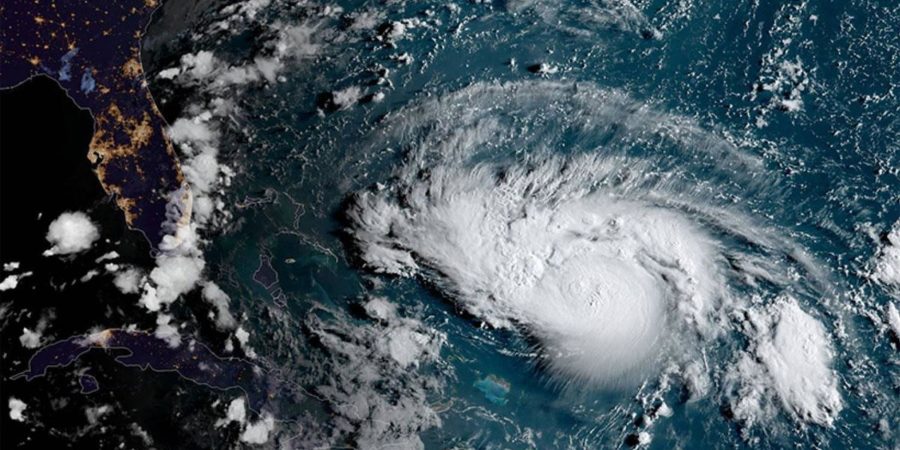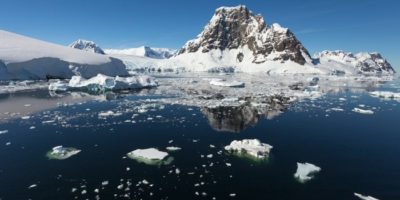Disclaimer: The views, suggestions, and opinions expressed here are the sole responsibility of the experts. No Pacific Daily journalist was involved in the writing and production of this article.
As The Climate Changes El Niño Weather Events Are Looking Increasingly Dangerous

On the off chance that El Niños were hazardous previously, they are hoping to turn out to be particularly ruinous sooner rather than later. Effectively serious and flighty, late research demonstrates these regular climate occasions are presently swinging to much more noteworthy limits.
Since people began consuming petroleum products on a modern scale, coral records from the previous 7,000 years show that warmth waves, rapidly spreading fires, dry spells, flooding and fierce tempests related with El Niño have deteriorated.
It’s as yet hazy whether this is because of environmental change straightforwardly, however from the constrained history people have, the example of the two looks suspicious.
“What we’re seeing in the last 50 years is outside any natural variability,” says earth and atmospheric scientist Kim Cobb from the Georgia Institute of Technology.
“It leaps off the baseline. Actually, we even see this for the entire period of the industrial age.”
Atmosphere researchers have since quite a while ago speculated a circumstances and logical results connection between an unnatural weather change and El Niño, yet while a few examinations have indicated more grounded and longer occasions with developing worldwide temperatures, others have discovered the inverse.
The El Niño Southern Oscillation (ENSO) is a characteristic climate cycle that has warmed and cooled the central Pacific sea for a huge number of years, causing enormous scale climate changes. Foreseeing when, where and how this pendulum will swing, in any case, has demonstrated very troublesome.
Generally appearing each two to seven years, El Niño occasions are known to cause brief spikes in worldwide surface temperatures, while La Niña occasions trigger the contrary cooling impact.
In any case, solid ENSO estimations just return about a century, so it’s been difficult to decide whether these progressions are ‘ordinary’ when it’s all said and done.
Fortunately, much the same as the rings of a tree, coral woods additionally track the past. As living coral gradually adds calcium-carbonate layers to its hard shell, synthetic compounds in each band of development trap leftovers of the sea from quite a while in the past.
Utilizing coral as an intermediary for past atmospheres, ongoing investigation recommends El Niño occasions are now heightening with nursery warming. Prior this year, an examination on coral found that Eastern Pacific El Niño occasions have gotten less, however more extraordinary in the previous 30 years than in the previous four centuries.
Only a month or so prior, an examination on 33 occasions from the previous century found that since the late 1970s, Central Pacific El Niños have begun starting in a hotter piece of the Pacific sea, expanding the danger of arriving at top power.
Presently, coming to back in the coral record more remote than any time in recent memory, scientists have by and by discovered a comparative example. Proof from the Line Islands in the Pacific recommends El Niño occasions are as of now deteriorating alongside anthropogenic environmental change.
Reproducing ENSO varieties in the course of the most recent 7,000 years in this one little corner of the sea, specialists discovered El Niño occasions have grown 25 percent more grounded since pre-mechanical occasions.
“There were three extremely strong El Niño-La Niña events in the 50-year period, but it wasn’t just these events,” says Cobb.
“The entire pattern stuck out.”
To be sure, in any event, when the most outrageous El Niño occasions were expelled from the coral dataset, the outcomes still demonstrated an escalation of ENSO boundaries after some time. Despite the fact that, to be measurably critical, the excessively amazing El Niño from ’98, which caused one of the most noticeably awful coral blanching occasions in written history, must be incorporated.
“While there is no a priori reason to exclude this event from our analysis,” the authors write, “this finding does illustrate that we may have only recently exceeded the detection limit for observing enhanced variability in ENSO properties.”
At the end of the day, things are simply beginning to get speed. Research from 2014 found that since the turn of the century, super El Niños have multiplied, going from one at regular intervals to one like clockwork.
Regardless of whether environmental change is causing this increase is another issue completely. El Niño occasions are known to worsen the most exceedingly terrible of the atmosphere emergency, yet is environmental change some way or another enhancing El Niños as well?
Contingent upon who people address, possibly, perhaps not; there’s still no agreement on the issue. In any case, regardless of what the reason, it’s turning out to be progressively evident that something abnormal is transpiring of the world’s most significant climate frameworks.
“While the chain of dynamical feedbacks responsible for the observed changes in ENSO, past and present, remains unclear,” the authors admit, “the prospect for larger ENSO extremes under continued greenhouse forcing greatly increases the societal and ecological vulnerabilities to climate change.”
Rita Carvalio lives in London, Finchley. She was born in sierra leone and moved over here at the age of 7. She graduated in creative writing and web design and she has been working on Texas Times as writer. She believe in doing every things with a smile.
Related News

THE KETO DIET MEAL PLAN HAS MET ITS MATCH
Spread the loveWeight loss is made to seem easy since all it requires is exerciseRead More

Study reveals new insight into the role of ocean ice in controlling climatic carbon levels
Spread the loveAnother study has featured the urgent job that ocean ice over the SouthernRead More